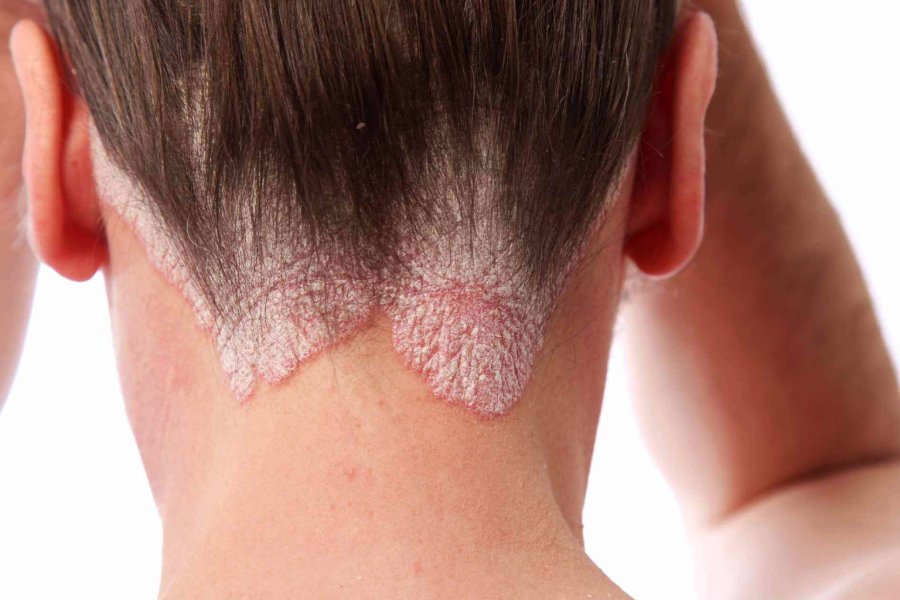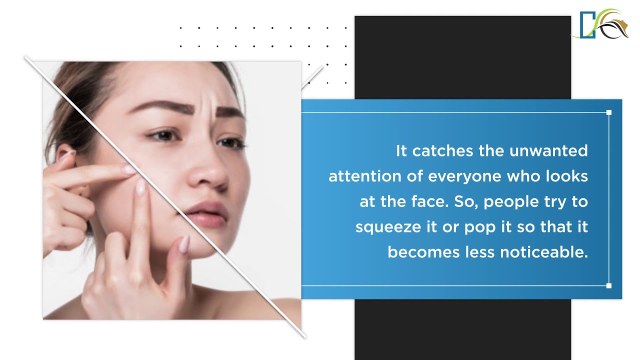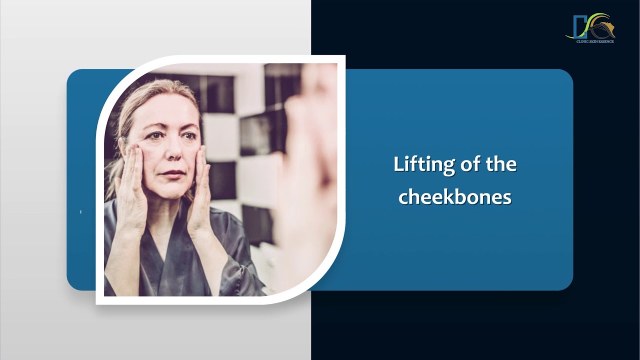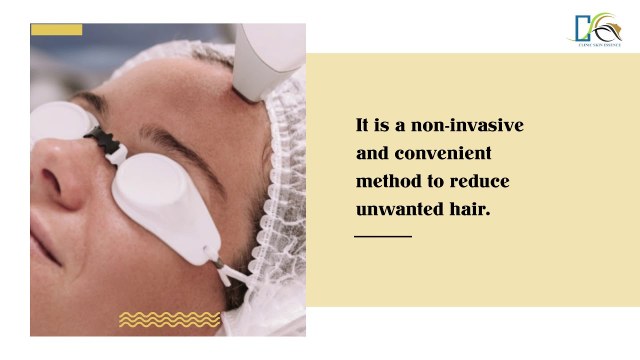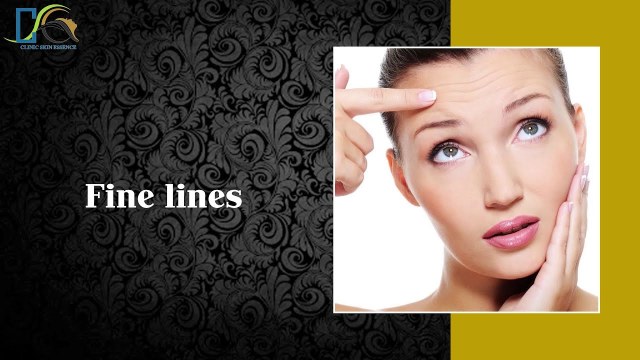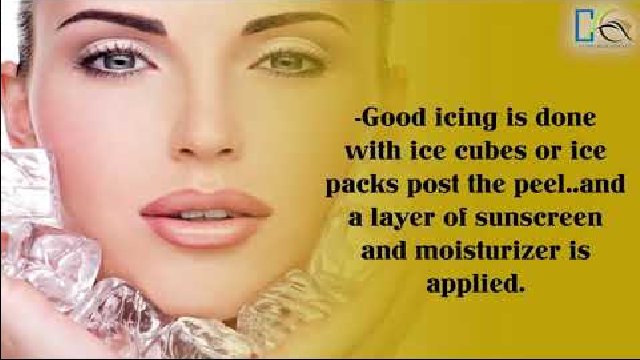Treatment
Topical treatment: Most cases are treated topically. The topical treatment includes ointments, creams and lotions. These slowdown excessive cell production and reduce inflammation caused by psoriasis. These include anthralin, synthetic vitamin D3, salicylic acid, coal tar and retinoids.
Oral treatment: These are aimed at people with moderate to severe psoriasis and those who are not responsive to or unable to use topical medications. These include retinoids, calcineurin inhibitors and antiproliferative drugs.
Biologicals: These agents are designed to block specific molecular steps important in the pathogenesis of psoriasis. Currently, three types of biologics are approved or are in the development of psoriasis:
-
Recombinant human cytokines, 2. Fusion proteins, 3. Monoclonal antibodies, which may be chimeric or humanized.
Phototherapy: Ultraviolet radiations help to reduce the psoriasis severity. PUVA is the combined use of psoralens and long wave ultraviolet A radiations. It can be taken orally, mixed in bathwater or applied topically. Narrow band ultraviolet B light therapy( NBUVB) is the most common form of phototherapy. It can be used to treat plaque or guttate psoriasis. NBUVB lamps and light bulbs emit wavelengths of light between 311 and 313 nanometers.
Excimer laser: High doses of UVA and UVB are known to result in faster clearing of psoriasis. However, the limiting factor is intolerance of the uninvolved surrounding skin. The monochromatic 308-nm excimer laser can deliver such high doses of light only to the psoriatic skin. The role of this treatment seems to be indicated for patients with stable plaques particularly in the elbows and knee region.
